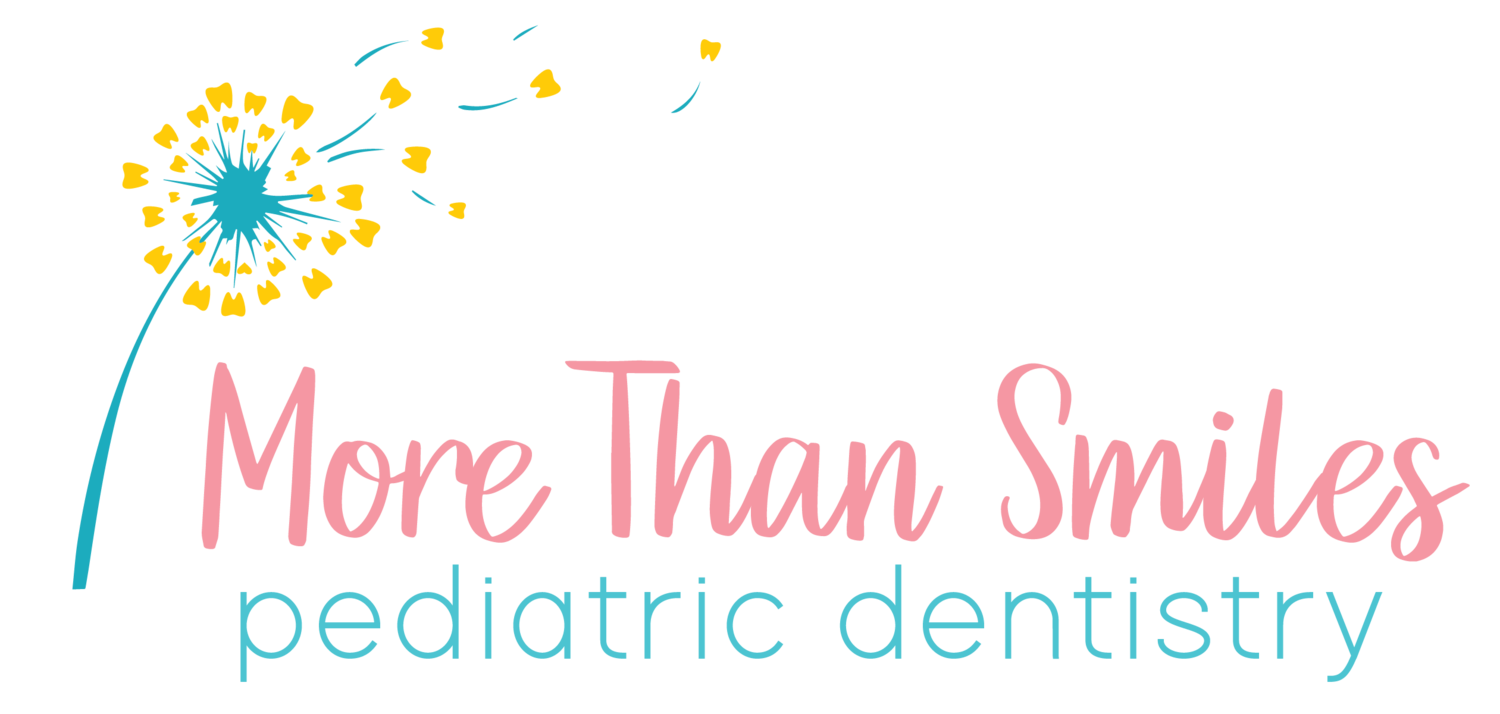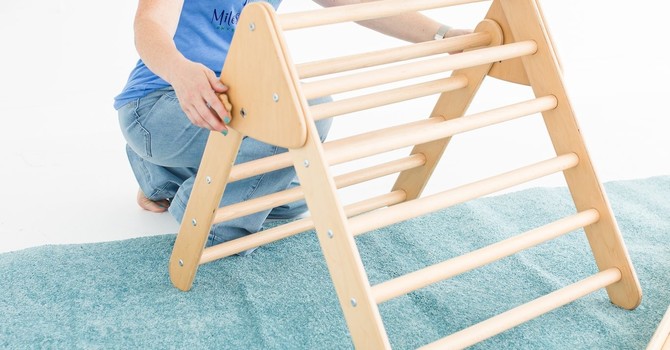I had the pleasure of connecting with Dr. Blair Goodall, DDS and let me tell you, I wish I had know about her and her services sooner. I asked her to write this blog in hopes of sharing information and educating parents who may be experiencing simliar difficulties with their children (or even in their own lives) and are searching for answers. Dr. Goodall is the owner of More Than Smiles Pediatric Dentistry in Frisco, TX and she is an advocate for airway health and optimal growth and development in infants, children and adolescents. Keep reading to learn more about airway health!
The Silent Threat: Understanding the Dangers of Mouth Breathing in Growing Children
In the bustling world of parenting, many concerns vie for attention, from nutrition to education and beyond. However, one crucial aspect often overlooked is how a child breathes. While it might seem innocuous, mouth breathing in growing children can pose significant dangers to their overall health and development. In this article, we'll explore the implications of mouth breathing and why it warrants attention from parents and caregivers.
The Mechanics of Breathing: Before delving into the dangers, it's essential to understand the mechanics of breathing. The human body is designed to primarily breathe through the nose. Nasal breathing filters, warms, and humidifies the air before it reaches the lungs. It also promotes the production of nitric oxide, a molecule crucial for various physiological functions, including oxygen delivery and immune defense.
On the other hand, mouth breathing bypasses these essential filtration systems. When a child habitually breathes through their mouth, they miss out on the benefits provided by nasal breathing, which can have profound implications for their health.
The Dangers of Mouth Breathing:
Dental and Facial Development: Mouth breathing can lead to malocclusion, a misalignment of the teeth and jaws. The constant pressure from breathing through the mouth can result in issues such as overbite, crowded teeth, and narrow dental arches. Additionally, it can alter the development of facial structures, potentially leading to long-term aesthetic and functional concerns.
Sleep Disruptions: Mouth breathing is often associated with sleep disturbances such as snoring and sleep apnea. When children consistently breathe through their mouths during sleep, it can hinder the quality of their rest, leading to daytime fatigue, irritability, and difficulty concentrating. These disruptions can impact their academic performance and overall well-being.
Impaired Oxygenation: Nasal breathing facilitates efficient oxygen exchange in the lungs. Mouth breathing, on the other hand, can result in shallower breaths and reduced oxygen intake. Over time, this can affect the child's physical growth, cognitive development, and immune function, potentially predisposing them to various health issues.
Behavioral and Cognitive Effects: Chronic mouth breathing has been linked to behavioral issues such as hyperactivity, inattention, and poor impulse control. Oxygen plays a crucial role in brain function, and inadequate oxygenation due to mouth breathing may impair cognitive processes, affecting learning and behavior in children.
Increased Risk of Infections: The nose acts as a natural filter, trapping airborne pathogens and preventing them from entering the respiratory system. Mouth breathing bypasses this defense mechanism, increasing the risk of respiratory infections such as colds, flu, and sinusitis. Children who habitually breathe through their mouths may experience more frequent illnesses and prolonged recovery times.
Addressing Mouth Breathing:
Recognizing and addressing mouth breathing early is crucial for mitigating its long-term effects on achild's health and development. Parents and caregivers can take the following steps:
Consult a Healthcare Professional: If you suspect that your child is a mouth breather, consult a pediatrician, dentist, or orthodontist for evaluation and guidance. They can assess the underlying causes and recommend appropriate interventions.
Encourage Nasal Breathing: Teach and encourage your child to breathe through their nose during the day and especially while sleeping. Using nasal saline sprays or strips may help alleviate nasal congestion and promote nasal breathing.
Address Underlying Issues: Mouth breathing can be caused by various factors, including allergies, nasal obstructions, enlarged tonsils or adenoids, or craniofacial abnormalities. Addressing these underlying issues through medical treatment or intervention may help restore normal breathing patterns.
Orthodontic Evaluation: Consider seeking an orthodontic evaluation to assess dental and facial development. Early intervention, such as orthodontic treatment or myofunctional therapy, may be recommended to correct malocclusion and promote proper breathing habits.
Conclusion: In the whirlwind of parenting, it's easy to overlook seemingly minor concerns like how a child breathes. However, mouth breathing in growing children should not be dismissed lightly. It can have far-reaching consequences for their dental health, sleep quality, cognitive function, and overall well-being. By recognizing the signs of mouth breathing and taking proactive steps to address it, parents and caregivers can help their children breathe easier and thrive. - Dr. Blair Goodall, DDS
Thank you so much, Dr. Goodall for helping little ones breathe, sleep, and thrive! Do you have questions or want to get in contact with Dr. Blair Goodall? Click here to visit her website: More Than Smiles Pediatric Dentistry | Pediatric Dentist Frisco TX. You can also find her on Instagram:@morethansmilespd
As always, if you have questions about your child's gross motor skills, head shape, or side preference let us know - we are here to help. And if you made it this far, thank you! Please check out and follow, like, comment, etc. our social media accounts. We appreciate it!




.png)



